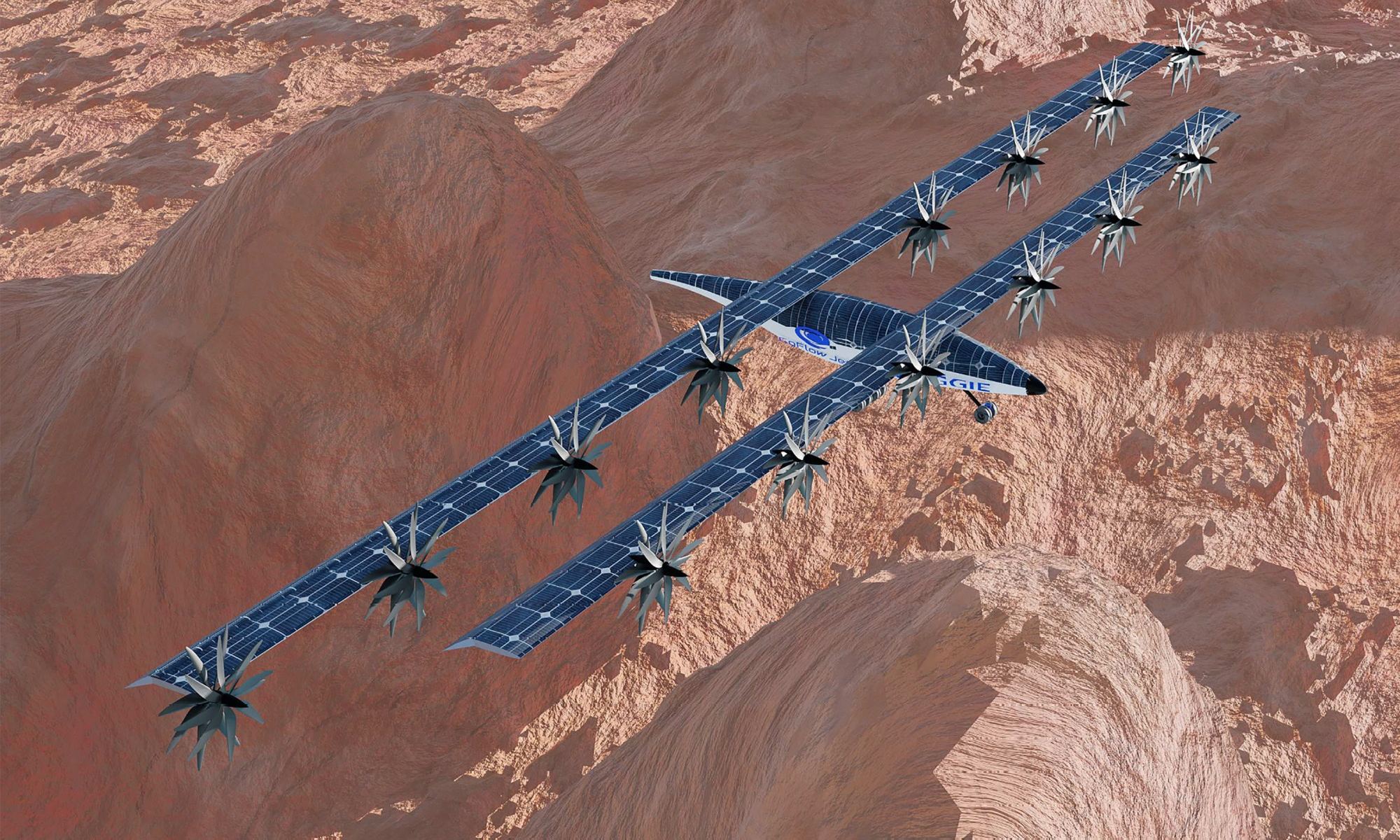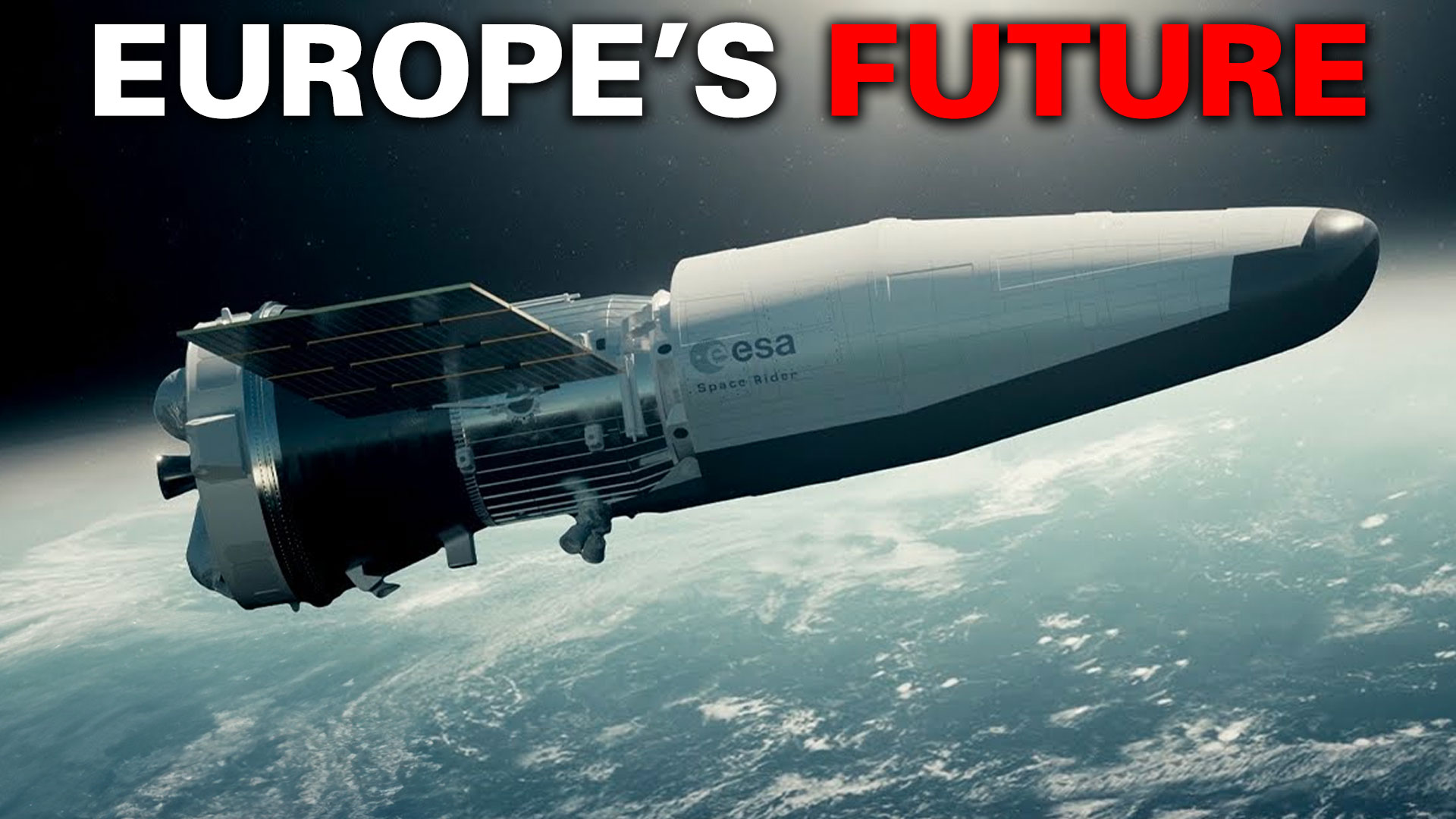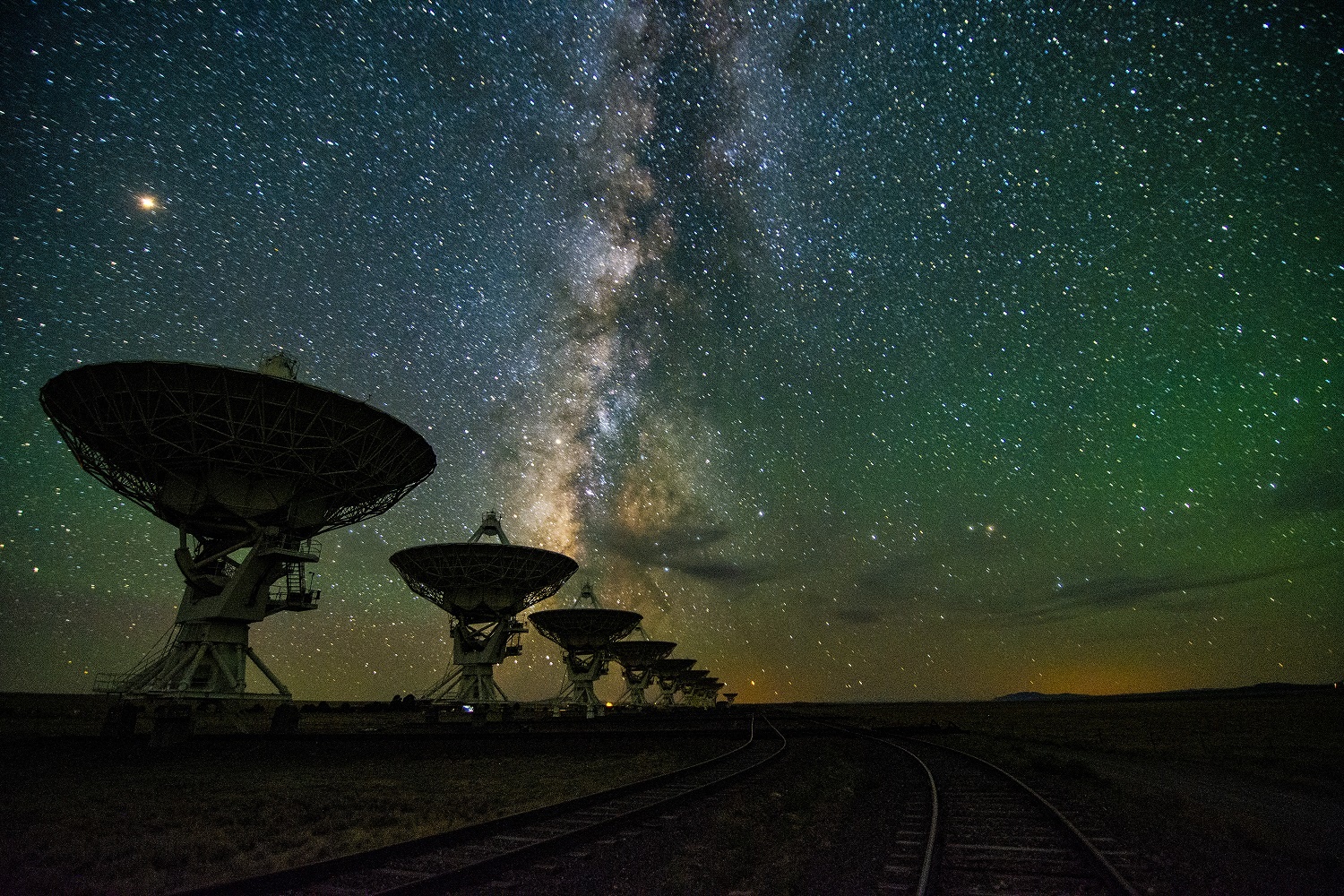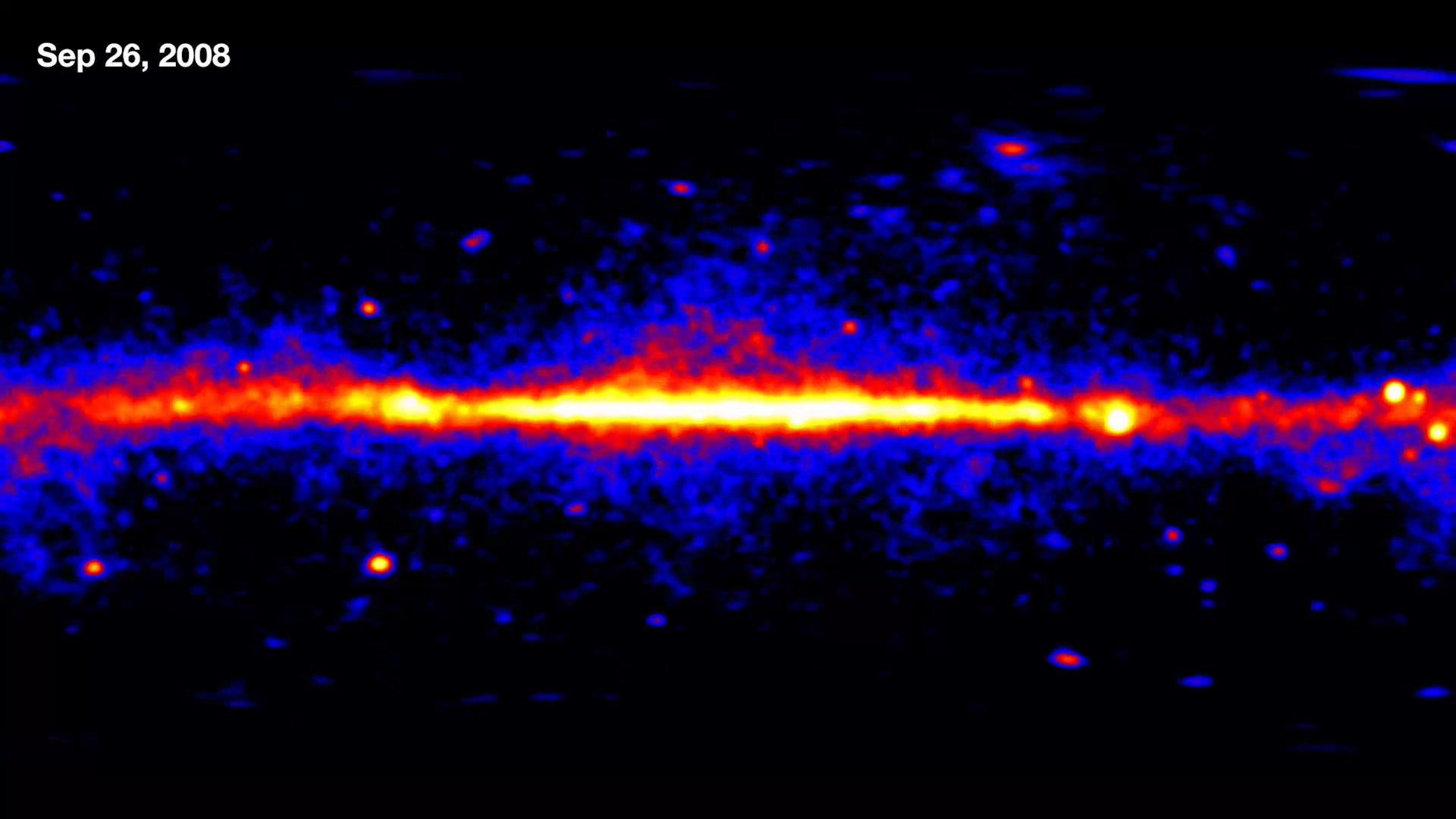Since 1998, the NASA Innovative Advanced Concepts program has fostered innovation by accepting new and unconventional proposals from the scientific community. Those selected are awarded funding to conduct early-stage technology studies that could lead to applications that help advance the agency’s scientific and exploration objectives. In a recent press statement, NASA announced the 13 concepts it has selected for Phase I development, which will receive a combined award of up to $175,000 in grants to assess the concepts’ feasibility and develop the technology further.
This year’s selectees range from a sample return from the surface of Venus, a fixed-wing aircraft for Mars, a swarm of probes to travel to Proxima Centauri and explore its system of exoplanets, and more. One of the more eye-catching is the Mars Aerial and Ground Global Intelligent Explorer (MAGGIE) proposed by Ge-Cheng Zha, a Professor of Aerodynamics at the Univeristy of Miami and the President of Coflow Jet LLC. The concept calls for a compact, fixed-wing, solar-powered aircraft capable of vertical take-off and landing (VTOL).
Continue reading “NASA Selects the MAGGIE Solar-Powered Aircraft for the 2024 NIAC Program”









